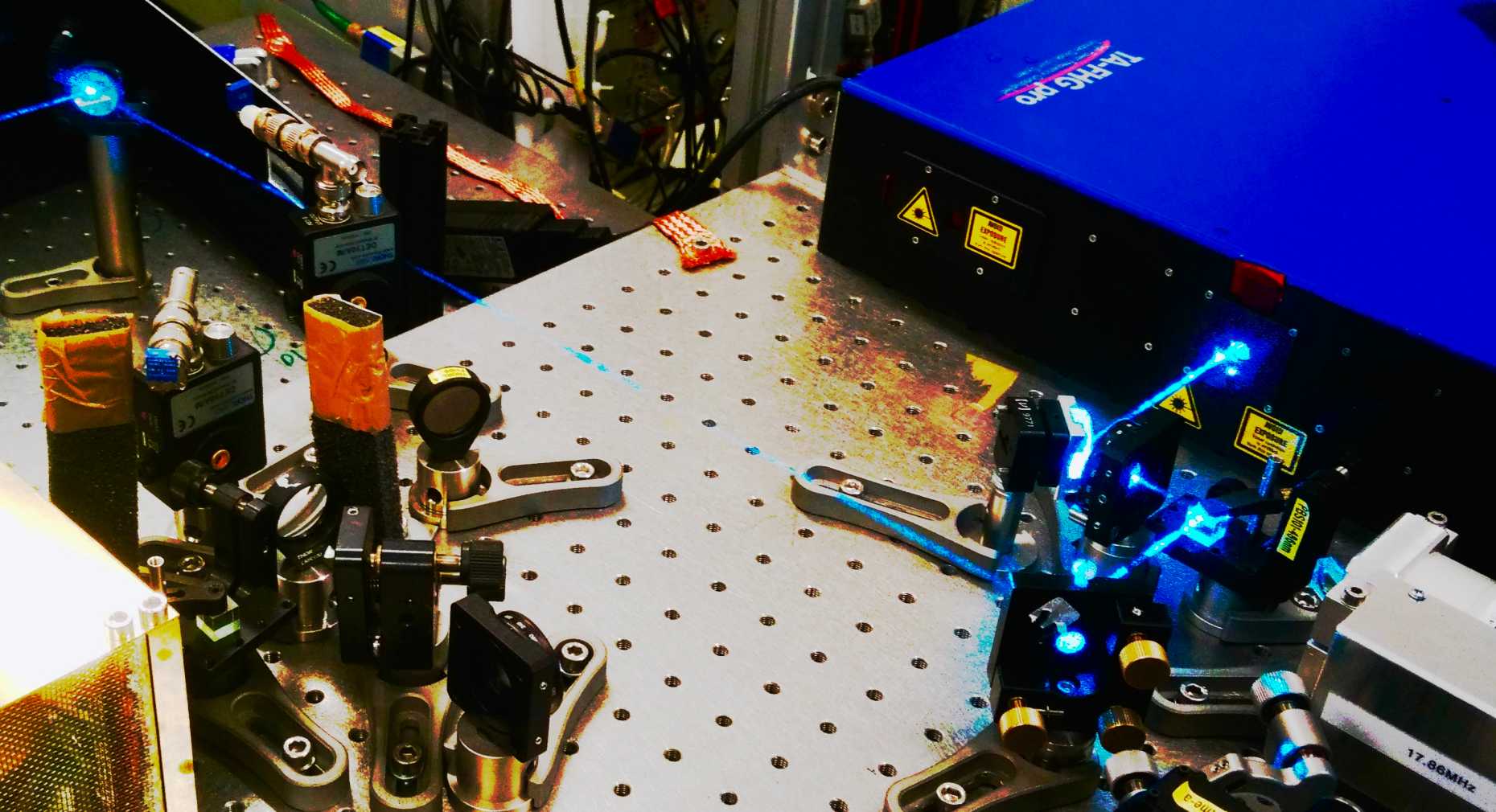Spectroscopy

Why are Positronium and Muonium so interesting?
Positronium and Muonium are unique systems to test the quantum field theory of electromagnetically bound atoms, i.e. Bound State Quantum Electrodynamics. What makes this exotic atoms so special is the fact that its nucleus does not consist of protons, but of a positron (in the case of positronium), which is the antiparticle of the electron or a positive muon (in the case of muonium).
Traditionally atomic theories have been tested in protonic atoms, like hydrogen or helium. However, for high precision experiments one finds that the strong interaction, governed by Quantum Chromodynamics, has a strong influence on the behavior of the atom, since the nucleus of such atoms is made up of quarks. This is known as the finite size effect.
For Positronium and Muonium on the other hand, there is no such effect. Both particles are leptons and therefore do not couple to the strong interaction. Furthermore, the weak interaction, true to its name, is many orders of magnitude suppressed with regards to the electromagnetic interaction and can therefore be safely ignored, even for very high precision tests.